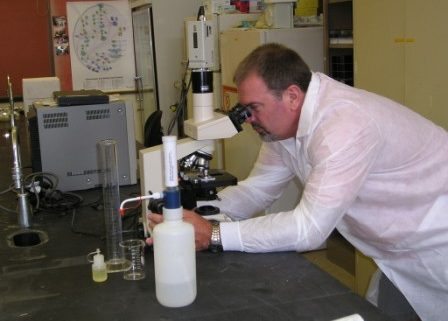ExactID: Did You Leave Your Face On A Fast-Food Spork?
Using DNA to solve crimes is pretty much the norm these days. A quick swab of a cigarette butt left at the scene of a crime could easily lead to the name of a suspect. Well, that’s true only if the potential perpetrator’s information—name, date of birth, DNA profile, etc.—has already been entered into “the system.” What if, however, the crook had never before been caught? And, what if the bad guy’s vital information has not now, nor ever, been entered into “the system?” Is it possible to generate a lead based on a twisty-slimy clump of DNA found clinging to a plastic spork inside the garbage of a fast-food dive? You know, DNA that doesn’t match a single CODIS entry.
Until now, the best means to generate a lead from a cold DNA sample (no CODIS/database match/hit) would be to conduct a familial DNA search, hoping to locate a family member of the suspect. Familial DNA searching provides “close” biological matches to the suspect DNA sample—sibling or parent, for example. However, a “known” sample must be on file to generate a lead to a particular person/family member.
Using a new software system called ExactID, law enforcement now has the capability to determine a suspect’s gender, eye and hair color, ethnicity, and to identify relatives and possibly to help pinpoint where those family members reside. *Remember, simply because a certain technology is available, doesn’t mean it has been approved by the courts for use in criminal cases.
Imagine having the ability to sketch a fairly detailed drawing of a suspect based on nothing more than DNA evidence. No eyewitnesses. No fingerprints. No photos. Just a tiny speck of DNA. Yes, the code/blueprint to your personal features are desperately clinging to the back of that mashed-potato-crusted spork you so carelessly tossed into the garbage.
You may have left your heart in San Francisco, but you left your face, gender, and eye and hair color in the trash at KFC.
Here, see for yourself…



